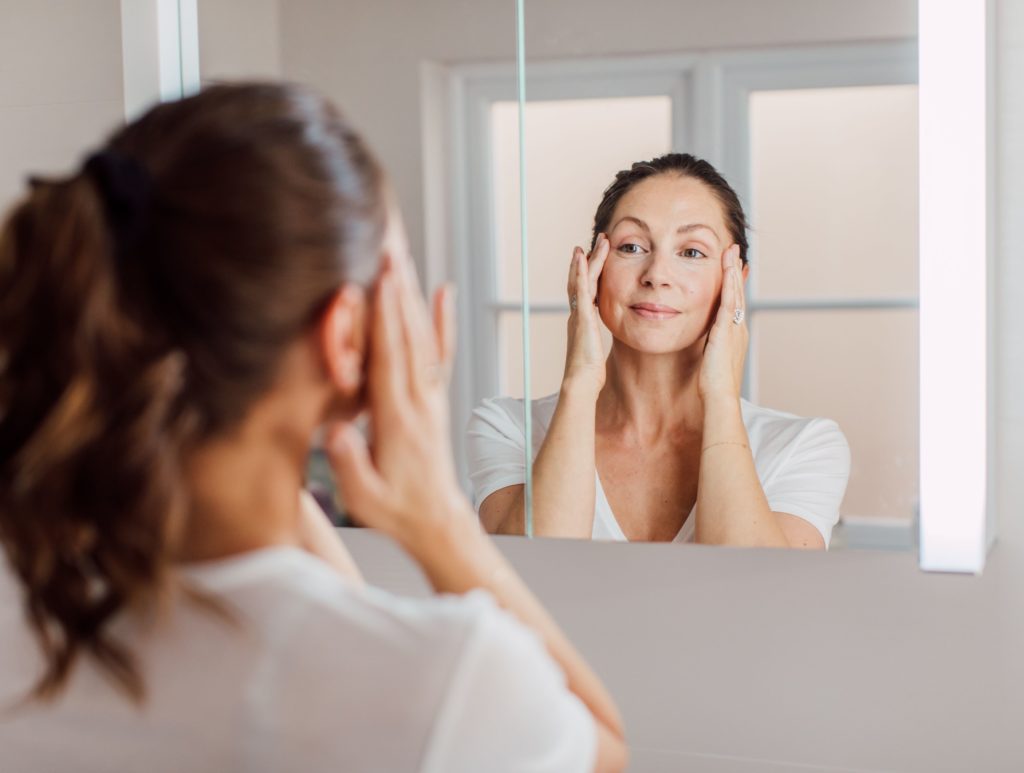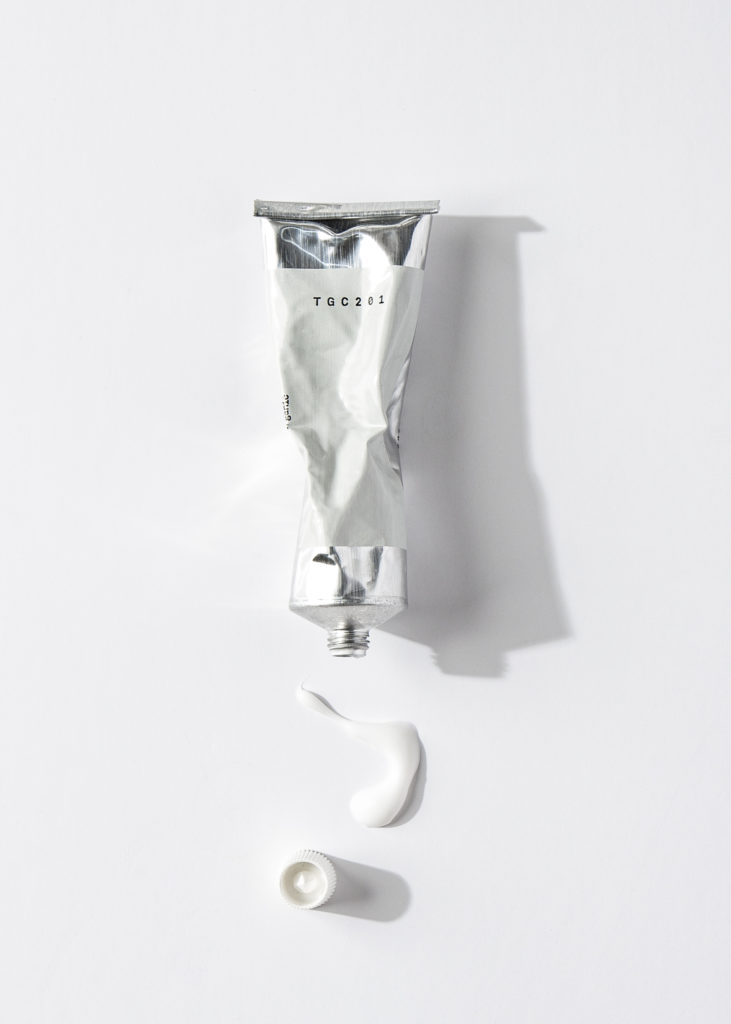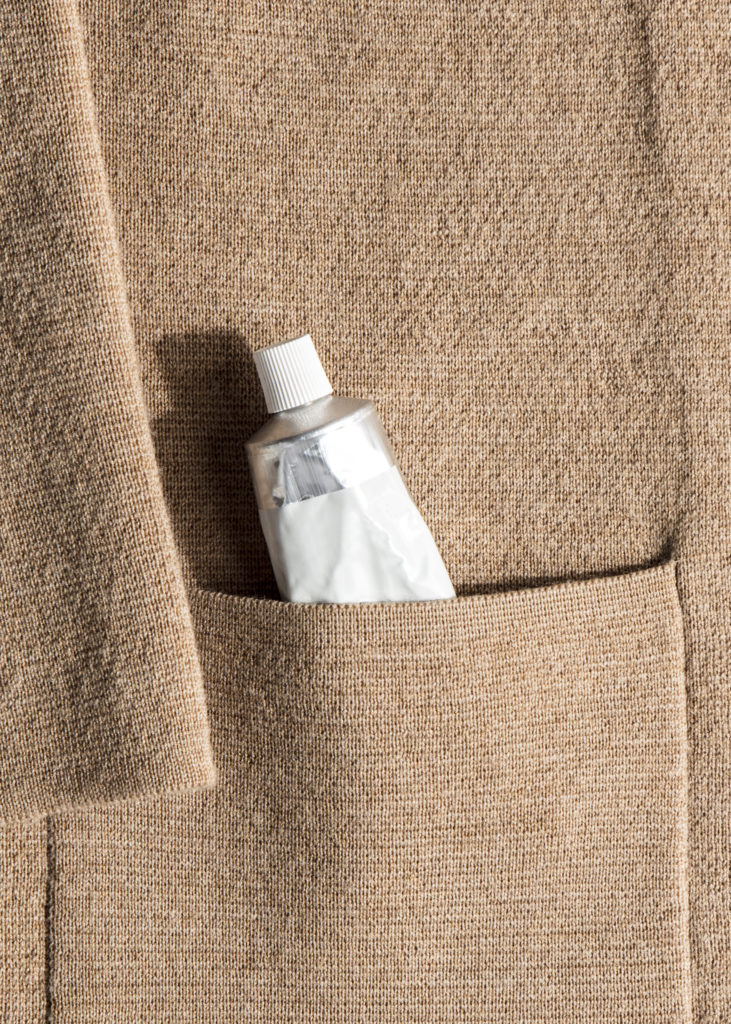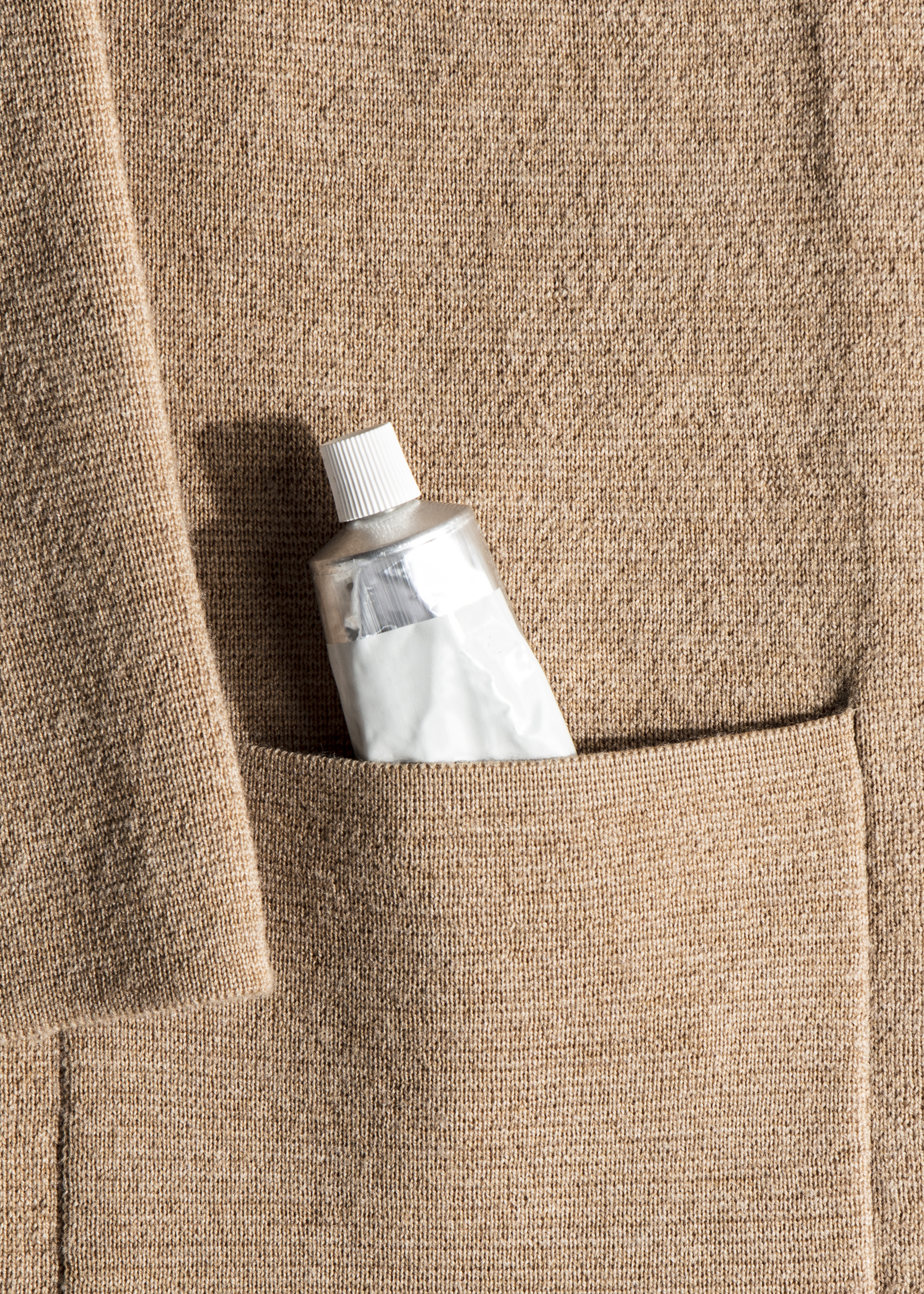Blog
Podcast - Coming Soon
skin care shop
Listen to podcast
Order my latest best selling book!
Order now
new!
Home
About
Books
Shop
Contact
Work with me
Videos
My Little Black Book
Face Trainer Academy
Glow Plan Course
Virtual Consultations
In-Person Appointments
read the blog
When it comes to combating the first signs of ageing along with spots and acne, retinol is heroed as the magic skincare ingredient. Vitamin A (from which retinol is derived) is scientifically proven to reverse the signs of ageing with continued use. However, with great power comes great responsibility! It’s important to make sure to use this powerful skincare ingredient correctly; otherwise it can lead to side effects, such as redness, dryness, itching and even peeling.
I explain how to integrate it into your regime, no matter what your main skin concern.

What is retinol?
The key to unlocking retinol’s potential is to know exactly how it works and to ensure it’s right for you.
Retinol is considered the ‘gold standard’ in age-targeted skincare. First, a disclaimer – just because everyone else seems to be using it doesn’t mean you have to use it! To bring it back to basics, retinol alongside other retinoids, such as retinoic acid and retinyl palmitate, is essentially a derivative of Vitamin A. This is one of the body’s key nutrients for boosting cell turnover.
Adding retinol (containing vitamin A) to your skincare routine stimulates cell turnover in the skin. It exposes fresh skin cells at the surface for a smoother, brighter and more youthful looking complexion. It can even help to clear pores to combat blemishes.
It’s a bit like exfoliating the skin from the inside out!

When should I start using retinol?
If you’ve experienced acne (or still do), then retinol is an ingredient you may have already used. When you start noticing the first signs of ageing, such as fine lines around the eyes and across the forehead, it’s a good time to start.
Generally, collagen production declines from your mid 20s. This is commonly when you may start to incorporate anti-ageing solutions into your routine. When you do start, it’s really important to integrate retinol slowly and gently. Balance is crucial as retinol can produce unpleasant irritation if used too frequently or if the formulation is too strong for your skin.
While certain side effects, such as mild irritation, dryness and sun sensitivity (more on that later) are normal as your skin adjusts. Intense flaking, redness and burning are not. If you have particularly sensitive skin, or conditions such as rosacea, my advice is to proceed with caution. I wouldn’t focus on retinol for these types of skin (there are lots of others that will be more helpful).
I recommend starting off with a pea-sized amount of a low percentage (around 0.1% to 0.5%) of an over-the-counter formula. Use it twice a week, every three nights. You can increase the usage over the next three weeks to give the skin a chance to get used to it. If you notice any persistent redness or irritation, reduce your application to twice a week, build up again slowly. Make sure to only use it at night.

How do I use retinol in my skincare routine?
You should only use retinol as part of your PM skincare routine. This is because it makes your skin more sensitive to UV rays and sunlight actually decreases the efficacy of the product itself. It also takes time for retinol to synthesise within the skin; it needs time to absorb and process.
Cleanse your skin as normal, ensure your skin is entirely dry before using your retinol as your first product. Apply a small amount to the face, avoiding the eye area, neck and décolletage. Massage it in to help with absorption before applying your other skincare products.
It’s important to note that retinol doesn’t have a sensation on application, so it can lead you into a false sense of security. You might use it more or every night and by day five, you’ve given yourself a skin peel. So don’t be fooled by its gentle sensation.
Another absolute GOLDEN rule of using retinol? You must wear a broad-spectrum SPF daily when you start incorporating it into your routine. Fresh skin cells exposed to the harmful UV rays will do much more ageing than retinol could ever undo. It really is non-negotiable.
Be patient…
It can be tempting when first using retinol to expect an instant youthful appearance with any signs of ageing magically undone. Unfortunately, it can take at least six to 12 weeks to see real effects of your retinol treatment. So patience is key. Results such as increased glow, improved skin texture and a softening of fine lines and wrinkles can occur within a shorter time frame. But it’s important to stick with your current formula for the long haul before changing. Chopping and changing your formulas too quickly can also be another route to irritation and damage.
A key and important note is that not all retinols are created equal (or the same, for that matter). Some formulations are frankly inferior, they might irritate. They might not give the results because the percentages of retinols aren’t exactly true. So if in doubt, err on the side of caution!
That being said, if you’ve found you’ve overdone it with retinol, don’t panic. Give the skin a week without actives in your routine. Skin has the amazing ability of sorting itself out again.
If you’re pregnant and/or breastfeeding, then retinol is not for you right now.
contact
WORK WITH ME
© Abigail James . All rights reserved clinic@abigailjames.com . site credits
BOOKING CONDITIONS
face trainer academy
the glow plan online course
virtual consultation
. privacy policy
